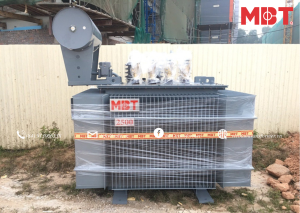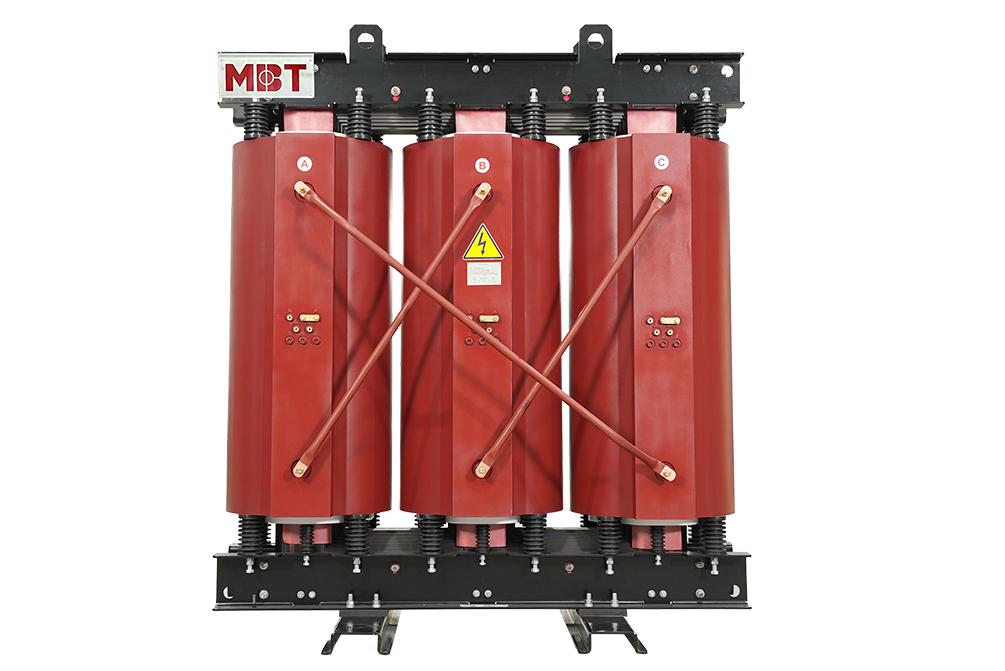
Dissolved Gas Analysis (DGA) Test of Transformer Oil
Dissolved Gas Analysis (DGA) Test – Transformer Oil/ MBT
Dissolved gas analysis (DGA) is one of the essential test items for transformer oil. Whenever there are abnormal electrical and thermal stresses inside transformers, the production of certain gases is a result of the decomposition of the transformer oil. When the fault is severe, the generation of decomposed gases is significant and they are collected in the Buchholz relay. But when the abnormal electrical and thermal stresses are not appreciably high, the gases caused by the breakdown of transformer insulation oil will have enough time to dissolve in the oil.
Therefore, it is impossible to predict the condition of the entire internal condition of the power transformer just by monitoring the Buchholz relay. That is why it is necessary to analyze the number of different gases dissolved in the transformer oil. Using the DGA of the transformer oil, one can predict the actual condition of the internal health of the transformer.
The DGA test of transformer oil is preferred to conduct in a routine manner to get historical information about the internal health of a transformer over its lifetime. In a DGA test, the gases in oil are extracted and analyzed to determine the number of gasses in a specific amount of oil. You can predict the internal condition of the transformer by observing the percentages of different gasses present in the oil.
Commonly, the gasses found in the oil in service are hydrogen (H2), carbon monoxide (CO), carbon dioxide (CO2), methane (CH4), Ethane (C2H6), ethylene (C2H4), acetylene (C2H3), nitrogen (N2) and oxygen(O2).
a Vacuum Gas Extraction Apparatus and Gas Chronographs are the most common method of determining the content of these gases in the oil. Using this apparatus, gasses are extracted from the oil by stirring it under a vacuum. These extracted gasses are then introduced in gas Chronographs for measurement of each component.
Commonly, if the internal temperature of the power transformer rises up to 150oC to 300oC due to abnormal thermal stresses, hydrogen, and methane are produced in large quantities. Ethylene (C2H4) is produced in large quantities if the temperature goes above 300oC. A large amount of hydrogen(H2) and ethylene(C2H4) are produced at temperatures higher than 700oC.
Ethylene (C2H4) is an indication of a very high-temperature hot spot inside an electrical transformer. If CO and CO2 are found in large quantities during the DGA test of transformer oil, it is predicted that there is a decomposition of proper insulation.
Furan Analysis of Transformer Oil
Transformer winding and core have mainly paper insulation. The base of the paper is cellulose. The cellulose structure is a long chain of molecules. As the paper becomes aged, these long chains are broken into a number of shorter parts. This phenomenon we often observe in our homes. The pages of very old books become brittle over time.
Due to the oxidation that occurs in transformer oil, the aging effect of paper insulation is accelerated. When insulating paper becomes mechanically weak, it can not withstand the mechanical stresses applied during an electrical short circuit – leading to electrical breakdown. It is therefore necessary to monitor the condition of paper insulation inside a power transformer.
It is not possible to bring out a piece of paper insulation from a transformer in service for testing purposes. But we are lucky enough, that there is a testing technique developed, where we can examine the condition of paper insulation without touching it. The method is called Furan analysis.
Although by dissolved gas analysis one can predict the condition of the paper insulation primarily, it is not a very sensitive method. There is a guideline in IEC-599, where it is stated that if the ratio of CO2 and CO in DGA results is more than 11, it is predicted that the condition of paper insulation inside the transformer is poor.
Healthy cellulose insulation gives that ratio in a range of 4 to 11. But still, it is not a very sensitive way of monitoring the condition of paper insulation. Because CO2 and CO gases are also produced during oil breakdown and sometimes the ratio may mislead the prediction.
When oil is soaked into the paper, it is damaged by heat, and some unique oil-soluble compounds are realized and dissolved in the oil along with CO2 and CO. These compounds belong to the Furfuraldehyde group. These are sometimes called Furfural in short. Among all Furfurals compounds 2- Furfural is the most predominant. These Furfural family compounds can only be released from the destructive heating of cellulose or paper.
Furan analysis is very sensitive, as damage to a few grams of paper is noticeable in the transformer oil – even in a large transformer. It is a very significant diagnostic test and is generally considered the best test for assessing the life of a transformer.
The percentage rate rise of Furfurals products in transformer oil over time is used to assess the condition and remaining life of the paper insulation in a transformer.














